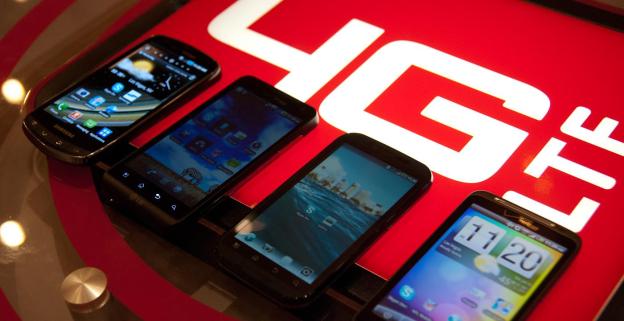
According to a study published by Nielsen earlier this week, the rate of growth of 4G wireless service is speeding up as more consumers switch from a 3G smartphone or tablet to a 4G-capable device. According to data collected during the first quarter of 2011, only 1.4 percent of consumers in the United States had switched to a 4G device. That number has risen sharply to 7.6 percent of consumers during the first quarter of 2012 and is continuing to rise. Consumers under the age of 34 are the mostly likely to have switched from 3G to the faster 4G network and consumers that have adopted 4G are five times more likely to consider dumping a high-speed Internet subscription with a cable company in favor of 4G hardware as a replacement.

For instance, only 25 percent of people 65 and older are considering a change to 4G. Also interesting, the amount of people that understand the difference between 3G and 4G is still low. Fifty-five percent of the respondents were unable to specifically name a form of 4G technology.
Specific to the group that already made the switch to a 4G-capable mobile device, approximately 86 percent were generally happy with the 4G device. This is a similar satisfaction rating that 3G devices receive during consumer surveys. However, only 46 percent were satisfied with the battery life of a 4G device and many people stated that they would attempt to preserve battery life by switching between 3G and 4G service during the day. While nearly forty percent of people with 4G devices reported that the faster speeds were a factor in the purchase decision, less than ten percent of that group indicated that a 4G connection was the most important factor.

In addition, Verizon is expanding existing 4G LTE service in large metropolitan areas such as Denver, Philadelphia, Daytona Beach, West Palm Beach, Boise, Springfield, New York, Charlotte, Virginia Beach and Seattle.
This pushes Verizon’s total coverage in the United States over 300 markets and keeps the company on track to cover over 400 markets before the end of 2012. Verizon has recently come under scrutiny for transitioning away from unlimited data plans to adopt more expensive family plans that share an amount of capped data each month. However, as more consumers switch to 4G before the end of the year with the release of the new iPhone and other 4G-capable smartphones, it’s likely that Verizon wants to avoid the same situation that AT&T fell into when launching the 3G network several years ago.
Editors' Recommendations
- 5G home internet: What is it, and should you get it?
- T-Mobile still has the fastest 5G, but its rivals are catching up
- The 5G speed race is over and T-Mobile has won
- What is 5G? Speeds, coverage, comparisons, and more
- Here’s another big reason why T-Mobile 5G dominates AT&T and Verizon


